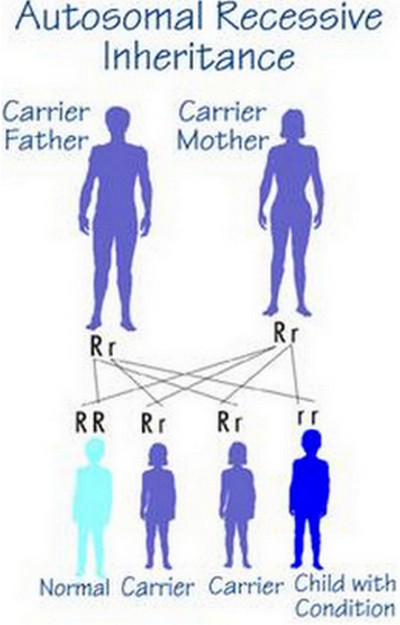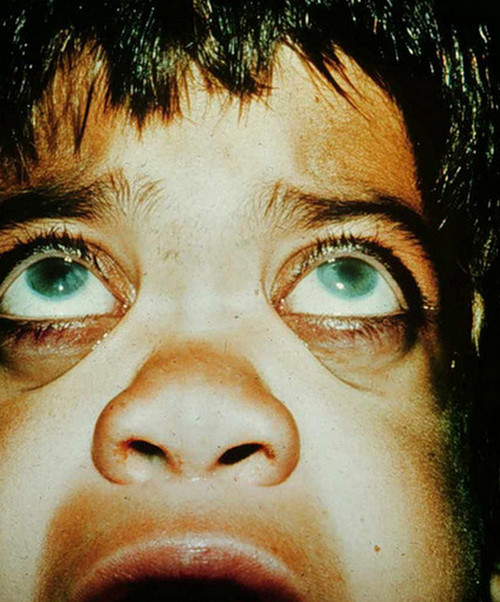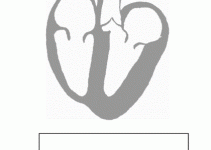What is Hurler Syndrome?
Hurler syndrome belongs to a group of inherited metabolic storage disorders in which a person cannot break down chains of sugar molecules called glycosaminoglycans. These complex sugars are necessary for the body to build bones and tissues.
Hurler syndrome belongs to a group of diseases known as mucopolysaccharidoses or MPS. It is also known as mucopolysaccharidosis type I or MPS I as well as gargoylism. Mucopolysaccharides used to be a term referred to as glycosaminoglycans. Mucopolysaccharidoses are disorders characterized by a genetic mutation.
Hurler syndrome is just one of the three subtypes of mucopolysaccharidoses but is considered to be the most severe of the MPS I subtypes. The other two types are Scheie Syndrome or MPS I S and Hurler-Scheie Syndrome or MPS I H-S. The subtypes are usually classified based on the severity of symptoms.
Hurler syndrome is named after Gertrud Hurler, a German Pediatrician and Medical Practitioner. The condition is also clinically related to Hunter Syndrome, which is X-linked. Hurler syndrome, on the other hand, is autosomal recessive.
Causes Of Hurler syndrome
People with Hurler syndrome usually have a deficiency in the enzyme alpha-L iduronidase thereby affecting various organs and tissues in the body. This enzyme is responsible for the breakdown of glycosaminoglycans. The absence of alpha L-iduronidase would cause a buildup of heparin sulfate and dermatan sulfate causing damage to the organs, including the heart.
The disorder is usually inherited with both parents needing to pass the faulty gene in order to develop Hurler Syndrome.
Signs and Symptoms
- Common symptoms for Hurler syndrome include having a short stature, mental retardation, difficulty in breathing, corneal clouding and chronic runny nose. The symptoms would usually appear between 6 months to 2 years of age. Children affected with the condition usually live past the age of 5 but unfortunately do not survive beyond 10 years old.
- Hurler syndrome is usually marked by progressive deterioration. Enlargement of the liver and spleen are usually prevalent along with dwarfism and characteristic facial features like short nose, flat face and large head.
- Developmental delay is usually evident alongside mental retardation. By age 4, children would already stop developing. Physical skills would also deteriorate. Loss of hearing and enlargement of the tongue is possible. Carpal tunnel syndrome and limited range of movement in the joints are also highly likely.
- Children usually appear larger than normal at birth and may have inguinal or umbilical hernias. Height may grow faster in the first year but would stunt after reaching 3 years old. Their height would usually reach around 4 feet only and the body trunk would appear short with the ribs becoming wider and oar-shaped. Unique facial features would become more noticeable by 2 years of age.
- Feeding and bowel problems may be experienced by children.
- Obstructive airway disease, respiratory tract infections and cardiac problems would usually be the cause of death by children affected with Hurler syndrome.
Hurler Syndrome Pictures

Picture 1 : Hurler Syndrome Inheritance Chart

Picture 2 : Hurler Syndrome photo
Hurler Syndrome Diagnosis
Hurler syndrome can be diagnosed through clinical examination and a series of tests.
- Urine tests are undertaken to check excess mucopolysaccharides that may be excreted.
- Blood tests and skin samples to check for the presence of alpha-L iduronidase.
- Genetic tests for positive gene mutation.
- Radiographic examination to check for damaged spine.
- Electrocardiogram or echocardiogram to check heart function and valve problems.
- Prenatal diagnosis through amniocentesis and chorionic villus sampling would determine if a fetus carries a mutated gene, which causes Hurler syndrome.
Treatment for Hurler Syndrome
The goal of the treatment plan for those with Hurler syndrome is to provide the body with the lacking enzyme so as to be able break down glycosaminoglycans. Unfortunately, there is no direct cure for Hurler syndrome.
- Enzyme replacement therapy is usually undertaken to provide the alpha-L iduronidase, which the body lacks. This is done through medication like laronidase (Aldurazyme), which is commercially prepared by Genzyme. Laronidase has shown to be effective in improving problems with breathing, growth, heart, bones and joints. In addition, it has been proven useful in reducing pain and non-neurological symptoms. However, enzyme replacement therapy is not yet advised for those children who have MPS I with mental retardation like Scheie Syndrome and Hurler-Scheie Syndrome. Laronidase has not been shown to have any effect in improving mental development problems associated with Hurler syndrome.
- Bone marrow transplantation (BMT) and umbilical cord transplantation (UCBT) is also used to treat MPS. Transplantation of the bone marrow or the umbilical cord has shown to be halt abnormal physical features and neurologic degeneration. Also, bone marrow transplant is the only form of treatment for Hurler syndrome that has shown effective in stopping the progression of mental damage. However, there is a high risk for morbidity and mortality because both are considered to be invasive and intensive procedures. Still, transplant seems to be the best chance of success in helping children with MPS I especially if it is performed at the earliest possible time.
- Gene therapy is still under research but has also been used in treating MPS I among mouse, dog and cat models. It may also eventually pave the way of treating humans with MPS I in the future.
Prognosis
Hurler syndrome is a serious condition that needs the early diagnosis and treatment of children affected with the condition. Although it has a poor prognosis with the children not surpassing the age above 10 years, early diagnosis would help the child be treated early thereby improving their chances for a better life. This would also provide the children with normal or near-normal life if steps would be taken to halt mental retardation.
It is also best advised that parents would talk to genetic counselors as there is the possibility that both parents carry the mutated gene necessary in developing the disorder. Genetic testing would enable couples to determine if they possess the gene thereby possibly preventing the birth of child with Hurler syndrome. There are also various support groups that could help parents with their experiences in taking care of children with Hurler syndrome.
Support Groups
People with hurler syndrome can contact the organizations listed below for assistance and further information:
- Society for MPS Diseases -> www.mpssociety.co.uk
- The National MPS Society -> www.mpssociety.org
- Canadian Society for MPS and associated Diseases -> www.mpssociety.ca

